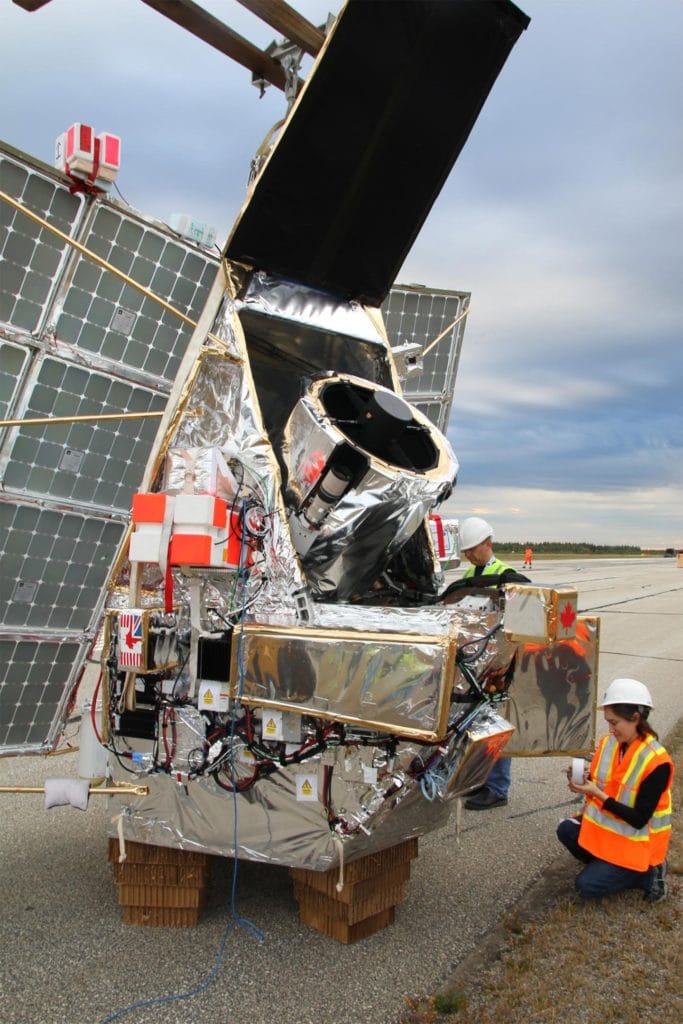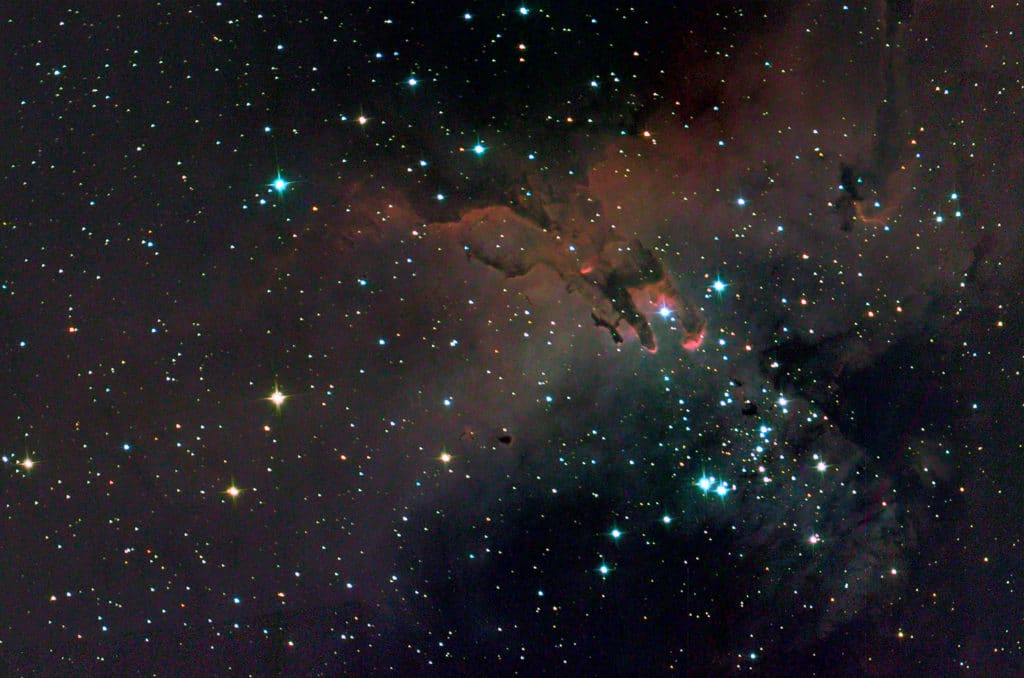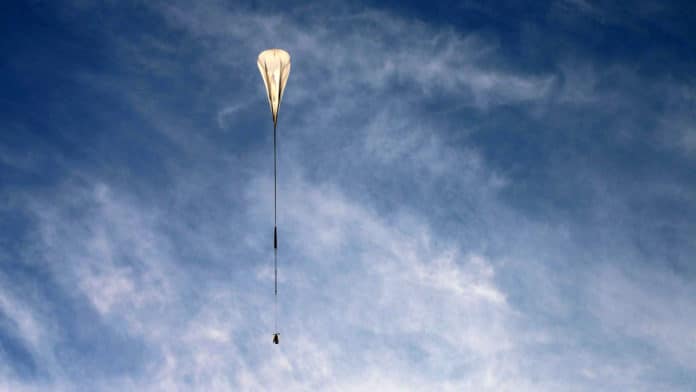University of Toronto, Princeton University, Britain’s Durham University have teamed up with NASA and the Canadian Space Agency to build a new kind of astronomical telescope.
Called SuperBIT (Superpressure Balloon-borne Imaging Telescope), the telescope is an intriguing alternative, as it hangs beneath a helium balloon instead of being launched by a fuel-hungry rocket. The launch of the unique SuperBIT telescope is scheduled for April 2022, and when deployed, it should obtain high-resolution images rivaling those of the Hubble Space Telescope.
The SuperBIT telescope has a mirror 0.5 meters in diameter and is tethered to a helium balloon with a volume of 532,000 cubic meters, about the size of a football stadium. The balloon will raise the telescope to an altitude of 40 km (25 miles) above sea level, where it sits above approximately 99.5% of Earth’s atmosphere.

Its final flight test, which was carried out in 2019, demonstrated “extraordinary pointing stability” that – according to the researchers – will allow it to obtain images as sharp as those from the Hubble space telescope. While conventional weather balloons can typically only stay aloft for several days before their helium dissipates, SuperBIT’s “superpressure” balloon contains its helium for months.
SuperBIT has now been scheduled to begin its first official mission next April, launching from Wanaka, New Zealand, in April. Carried by seasonally stable winds, it will circumnavigate the Earth several times – shooting photos at night and using its solar panels to recharge its batteries during daylight hours.
With a budget for construction and operation for the first low-cost telescope of US$5 million, SuperBIT is claimed to cost about one one-thousandth as much as a similarly equipped satellite.

“New balloon technology makes visiting space cheap, easy, and environmentally friendly,” said Shaaban. “SuperBIT can be continually reconfigured and upgraded, but its first mission will watch the largest particle accelerators in the Universe: collisions between clusters of galaxies.”
After that, Shaaban and his colleagues want to develop a new version of the telescope with a three times larger (1.5 meters) mirror diameter. It is planned to be equipped with a wide-angle lens, a larger image sensor, and other optical and electronic components. Thanks to this, scientists hope that the new version of SuperBIT will surpass Hubble in the sensitivity and clarity of the images.
The scientific goal of the 2022 flight will be to measure the properties of dark matter particles using the technique known as gravitational lensing. SuperBIT will test whether dark matter slows down during collisions.
